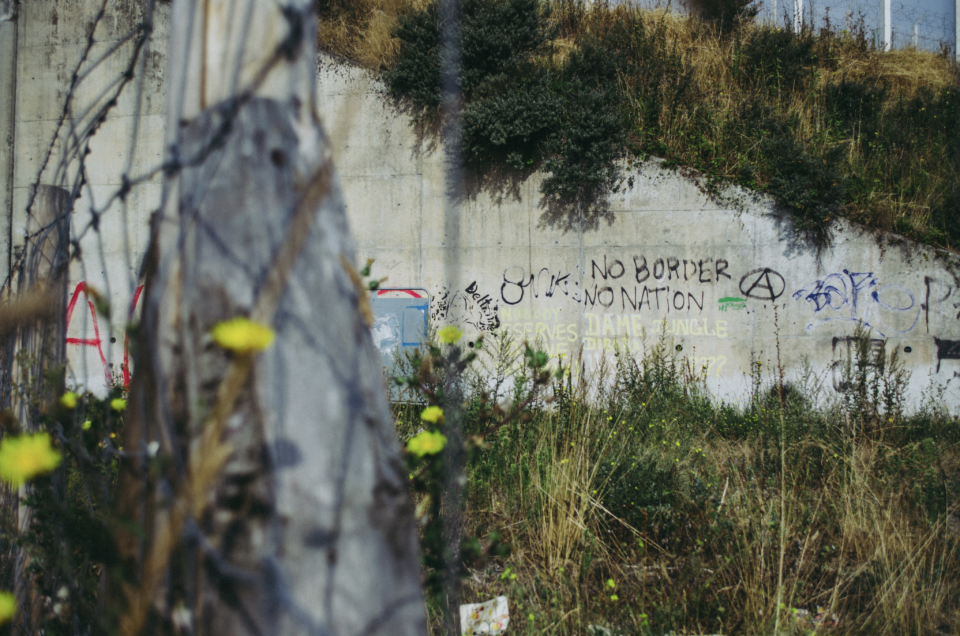As mentioned in the previous post, to conclude this series of articles dedicated to the New Pact on Immigration and Asylum, we will focus on the relationship that has been defined over the years between the EU and third countries, particularly African ones.
The goal that the European Union has set itself is to create a relationship between equals who share interests and responsibilities, between neighbors.
Navigating the Immigration Landscape
The need for a broad and structured dialogue stems from the fact that the European Union is not only the closest neighbor but also a big foreign investor in Africa, an important trading partner, the primary source of remittances going there, and a strong supporter of African regional institutions.
Over the decades, the European dimension of migration policies has mainly developed around objectives of control, containment, and prevention of irregular flows with a stricter delimitation of the right to asylum.
We can mainly identify 3 evolutionary trends;
- cooperation on migration controls that has grown by increasingly creating a common structure
- The evolution in cooperation has been accompanied by a growing awareness of the migration policy-related duties created by the huge imbalances between states. We can think of the idea of creating a common solidarity system that would help a more equitable redistribution but these arrangements have never really been created as we have already pointed out in the previous post.
- There is a new trend to increase the externalisation of migration controls in the EU. How? By transferring repressive and preventive functions to private entities and third countries.
Relations between the EU and African countries have evolved and changed over the years, influenced by various political, social, and economic dynamics.
First of all, however, it would be interesting to ask why they go to Europe, there are three main causes:
- Although the colonial era of Europe in Africa has ended the way it used to be, the links between countries and peoples remain strong. It is not a coincidence that Algerians tended to primarily immigrate to France.
- Geographical collocation, there are only 14 kilometres that separate Africa and Europe.
- Socio-demographic structure.

Radek Homola
For this reason, the need to match the continent’s structural aspirations and needs with the reality of migration has become increasingly clear.
We can divide the relationship that has developed over the years between the European Union and the various African states, particularly those in North Africa, into five diplomatic phases. It is important to point out that in these phases the action of national governments has sometimes been joint while at others in competition with those of the European Union.
The problem that remains clear is an overall reduced inability to plan, regulate, and control incoming flows.
Stitching Unity: EU-Africa Relations in Migration Dynamics in 5 phases
- Initial phase before 2000 there was no barely a common European policy, so each country had individual relationships with African countries.
- Years 2000-2010, the beginning of the development of a common immigration policy and an intensification of relations. This period saw the establishment of a series of bilateral and regional relationships to address the flows, improve security, and promote economic development in the countries of origin with a desire to address the root causes.
- 2011- 2017 targeted crisis, the very high affliction of refugees and migrants led to increased attention to the problem. How? By offering financial, and technical support to improve border controls to tackle the criminal networks controlling the illegal flows. For example, in 2017 the EU approved the External Investment Plan (EIP), a plan that, starting with a public contribution of EUR 4.1 billion to mobilize private capital of at least EUR 44 billion by 2020, aimed to become the most important instrument for promoting investment and employment in Africa, contributing to more sustainable and equitable growth and a favorable business and investment climate for the private sector.
- Since 2017, the European Union has taken a broader approach to its partnership with Africa, focusing on creating a sustainable and fair relationship. The EU’s agenda is to improve political and economic relations with Africa, encourage investment, and generate economic opportunities. The most recent development is the EU’s Memorandum of Understanding with Tunisia, a contradictory agreement. This agreement signifies the EU’s commitment to Tunisia, both politically and financially. The agreement includes the launch of a strategic partnership to manage migration flows from Tunisia, with a particular emphasis on reducing illegal trafficking.
As we conclude this quick examination of the complex relationship between the European Union and African countries, particularly those in North Africa, one thing is clear: there is a need for mutual understanding, cooperation, and sustainable solutions.
This need has become clear also in this series of posts we have published, where we have observed the evolution of the relationship between the European Union and immigration. Initially, countries dealt with immigration individually, but now they are attempting to cooperate. Despite progress, challenges still exist, the historical bonds, geographic proximity, and demographic makeup of different countries continue to influence migration patterns, and the journey toward a harmonious relationship continues
